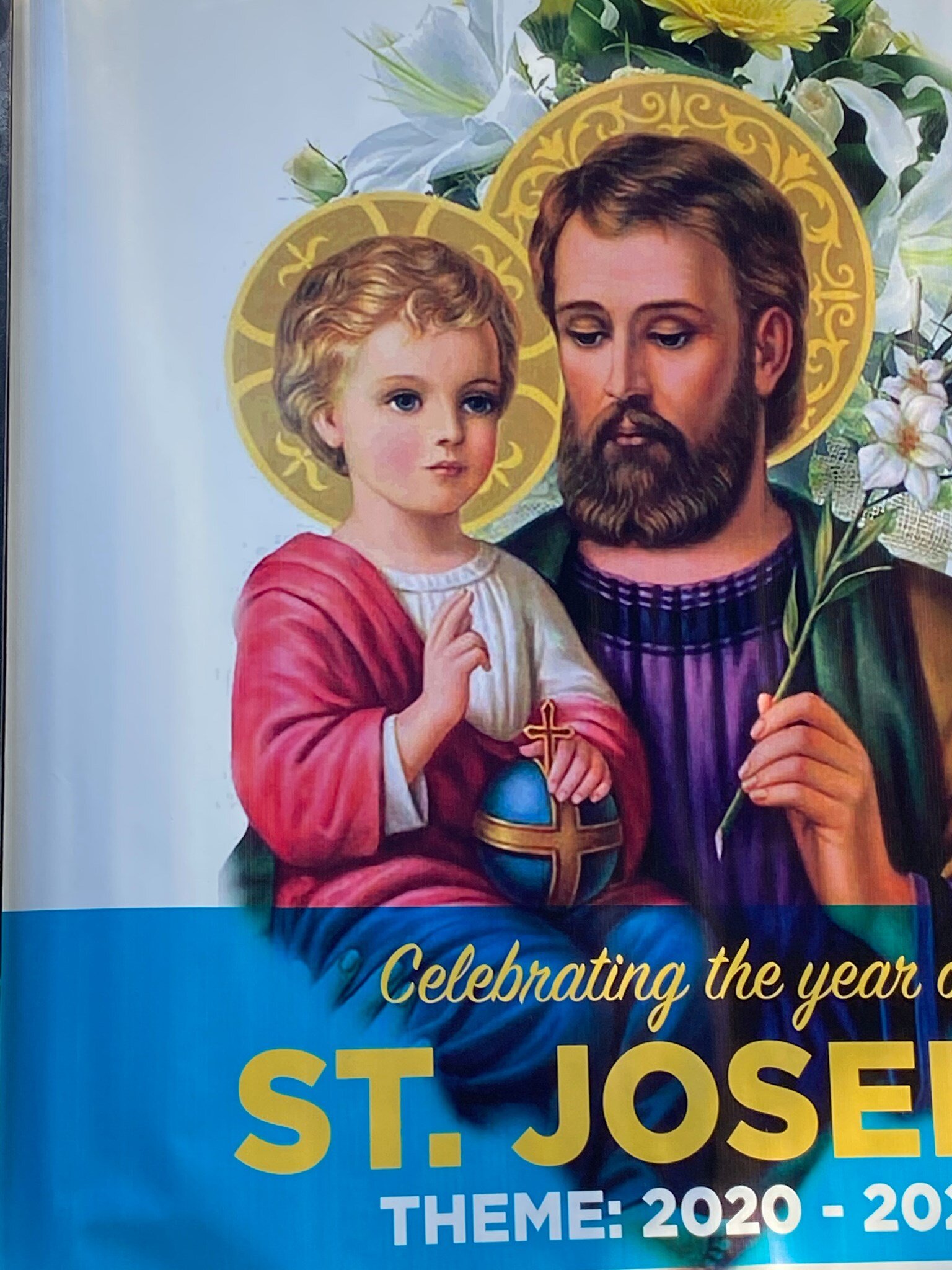Some of the most striking things to me from my first 3.58 months in Nairobi
I was lucky enough to attend the koito for a friend. A koito is a traditional engagement ceremony for the Kalenjin people in Kenya, hosted by the bride’s family. Here are a few details I found very interesting:
The groom has to pick the bride out of a group of veiled figures. If he picks incorrectly he’s supposed to marry the girl he picks instead of the girl he actually wants to marry. But this is usually avoided by the bride and groom agreeing on a particular signal beforehand (e.g., I’ll wear these shoes), so the groom doesn’t have much of a chance to mess things up
The ceremony involves a standoff between the bride and groom’s families to symbolize the groom’s family whisking the bride away as she leaves her birth family and joins her husband’s family
The negotiation for a bride price is also involved - traditionally paid in goats and cows, but now cash or M-PESA is acceptable (1)
The ceremony does not involve the groom in a major way after the veiled-bride-picking (my term, not an official term) and agreement on bride price. Compared to American weddings, the ceremony was far more about the families coming together rather than the two individuals marrying each other
The middle-aged Kenyan men in the ceremony seemed extremely reserved
The bride and groom have not been officially married in the eyes of the state or the church yet. But as far as the older members of their families are concerned, the koito is more important than the actual wedding
It seems that most tribes in Kenya have a similar ceremony to the Kalenjin koito, though the detail vary
Another less-fun wedding-related fact: Apparently it can be extremely difficult to get married in Kenya. I anecdotally heard of a friend of a friend having to wait over a year for the government to approve their marriage application (marriage involved a Kenyan and a non-Kenyan, though I’m not sure if that’s relevant to the delay). Quick Googling indicates that maybe this kind of delay was because of COVID. But even so I found that shocking.
My church in Nairobi sports one of the more fair-skinned, blond-haired, blue-eyed depictions of Our Lord I’ve seen. This seems like a pattern based on the other churches I’ve been to in the city, though it’s possible I’m just noticing it more than I do elsewhere since the images are so incongruous here.
Church is basically the same as in the US because Catholic Mass is the same everywhere (and because I go to the English-language service). The only significant differences are:
Offertory occurs at the end of Mass rather than in the middle
The music involves lots more clapping and swaying, and sometimes Swahili words
The Communion line is a self-assembling chaotic system rather than an orderly, row-by-row process. It’s not particularly chaotic, or messy, but there’s no pattern that I can tell. You just get up and add yourself to the line when you feel like it, regardless of whether you’re in the front of the church or the back, and regardless if everyone else in your row has gone already or if none of them have
The key to good haggling for non-essential items (especially knick-knacks for tourists) is to remember that they are non-essential. You don’t need them, and the seller wants to sell far more than you want to buy. So if they don’t want to sell at your best offer (meaning the amount you actually value the product at), just leave. There’s a decent chance that they will follow you and agree to sell at your best offer (2).
Also don’t buy from the first shop in the market until you’ve compared prices with the shops in the back — that first shopowner really doesn’t want you to compare prices between shops (3).
1. One of my favorite facts in economics is that women tend to be higher-educated in cultures with bride prices because (simplifying drastically here) parents have clear economic motivation to education their daughters: My daughter will fetch a higher bride price if she’s more highly educated
2. On my coffee table sit a set of animal coasters that I didn’t want, paid $20 for, and never use. They remind me of this lesson
3. If I bring you back a gift from Kenya, you can be comforted by the fact that I learned some great lessons in buying it, and likely didn’t pay very much for it (unless it’s an animal coaster)
